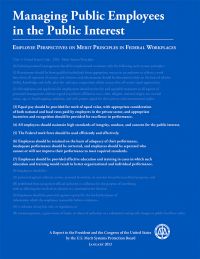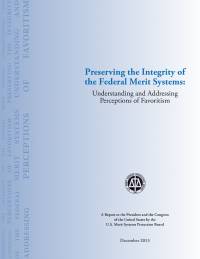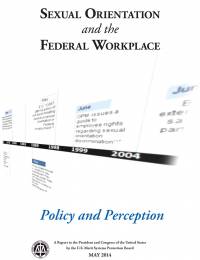
This report uses survey data from Federal employees and supervisors, and other information, to provide a holistic depiction of the key benefits, concerns, and implementation considerations for organizations to weigh when determining how to integrate telework into their business strategy. The report emphasizes that the realization of telework's benefits and the mitigation of its concerns will depend on an appropriate approach to telework for a given situation and on effective management of employees within that approach. The report also discusses several key steps that organizations can take to support effective telework, such as fostering a culture conducive to telework; ensuring supervisors have good performance management skills; and ensuring a well thought-out technology infrastructure. The report's central message is the importance of weighing the applicable benefits of and concerns about telework with legal requirements and implementation considerations when making decisions about how to appropriately use telework in a given situation.
Executive Summary i
Findings i
Recommendations iii
Introduction 1
Study Methodology 5
Important Things to Keep in Mind When Reading This Report . 7
Telework as a Business Strategy 9
Direct Benefits of Telework for Organizations 9
Direct Benefits of Telework for Employees 11
Indirect Benefits of Telework for Organizations 14
Telework and Productivity and Performance 20
Summary of the Business Case for Telework 24
Concerns About Telework 25
Telework and Work Unit Performance 25
Telework and Work Unit Dynamics 26
Telework and Teleworker Responsiveness and Availability 29
Summary of Concerns About Telework 30
Potential Considerations for Implementing a Telework Program 33
Culture and Leadership Preparedness for Telework . 33
Supervisor Preparedness 35
Logistical Preparedness: Technology, Equipment,
Technical Support, and Security . 41
Logistical Preparedness: Telework Education 43
Deciding on an Appropriate Approach to Telework 44
Summary of Implementation Considerations . 47
Conclusions 49
Recommendations 53
Organizational Leaders, Supervisors, and Employees 53
Organizational Leaders 53
Supervisors 54
Employees 56
Appendix A: Telework Survey 57
Appendix B: MSPB Employee Engagement Scale 69
Appendix C:
Additional Information on Study Methodology 71
Appendix D: Importance of Factors in Employees’ Decisions To Request Approval to Telework on a Routine Basis 75
Appendix E: Importance of Factors in Supervisors’ Decisions to Support or Deny Employees’ Requests to Telecommute on a Routine Basis 77
Appendix F: Importance of Factors in Employees’ Decisions To Not Request
Approval to Telework on a Routine Basis 79
Federal employees, their supervisors, agency management, union personnel, especially Human Capital officers and employees across the U.S. Federal Government may be interested in this report. Additionally, members of Congress, and Federal managers within the Office of Management and Budget, and Office of Personnel Management that is responsible for policy making authority may find this guide helpful as a reference with human resources and civil service matters. Additionally, students pursuing research for courses within these fields, especially public administration, human resources, employment law, organizational development, and industrial-organizational psychology may find this primary source document that deals with civil service issues helpful for assignments.







